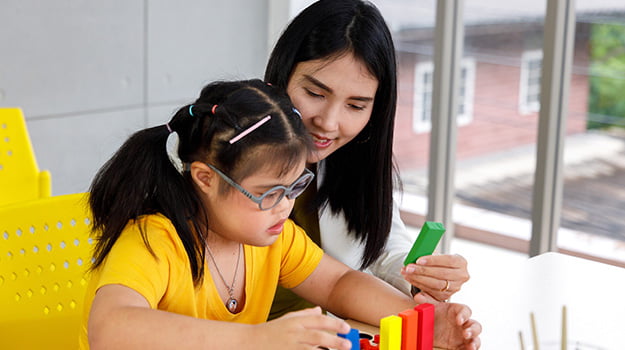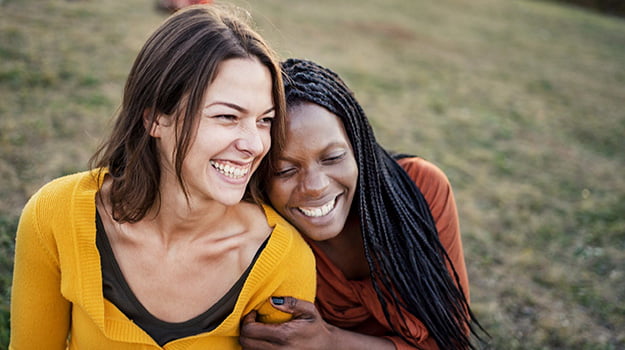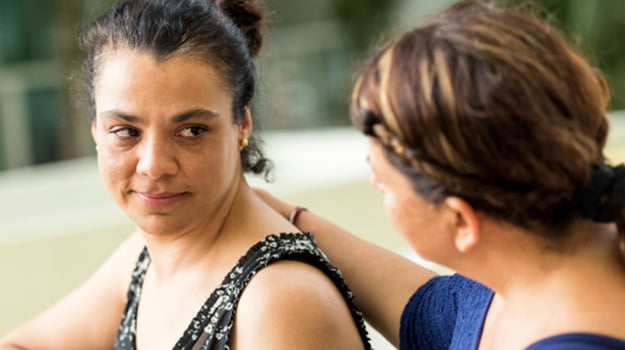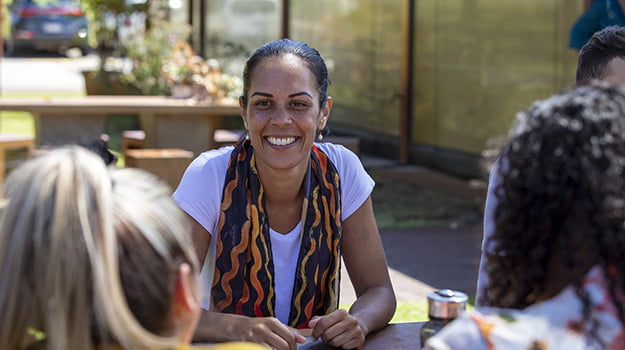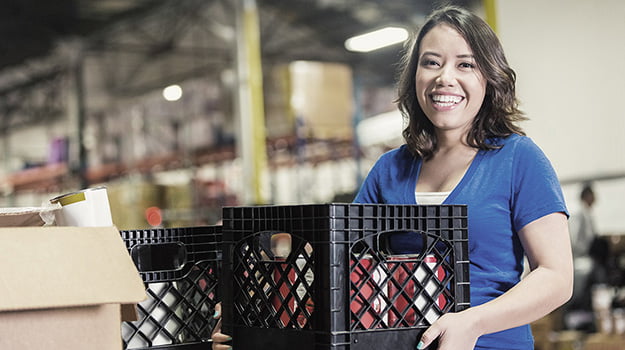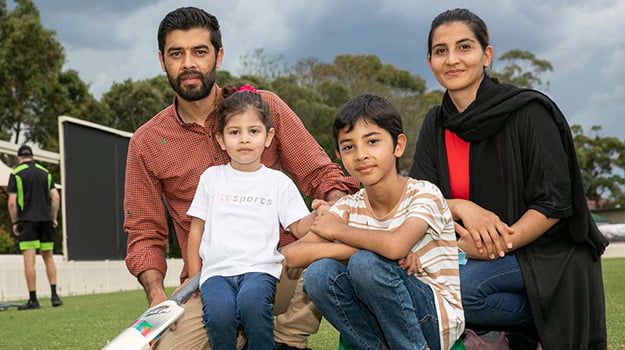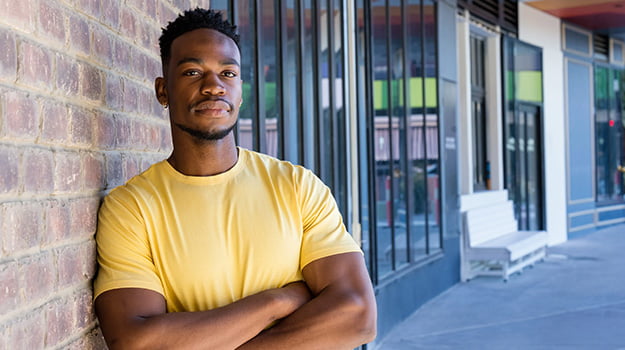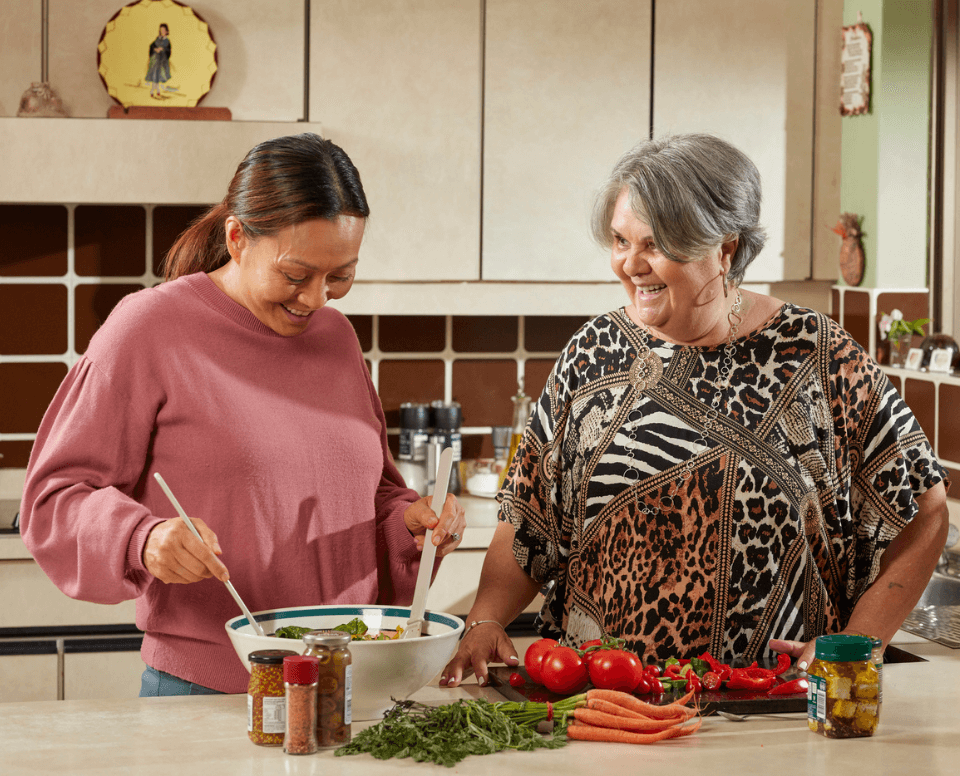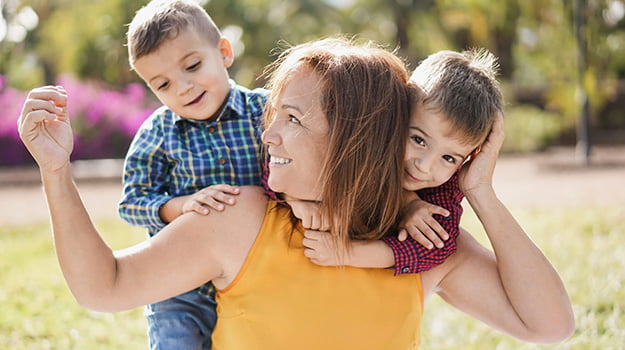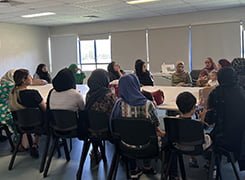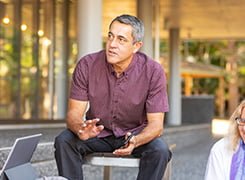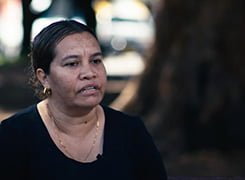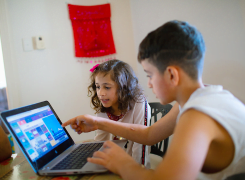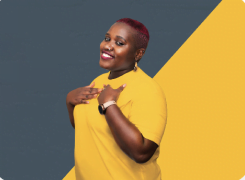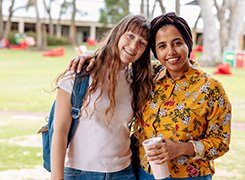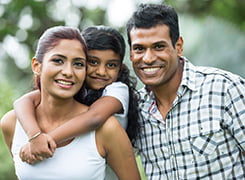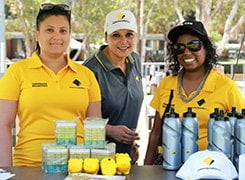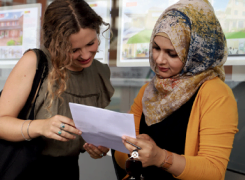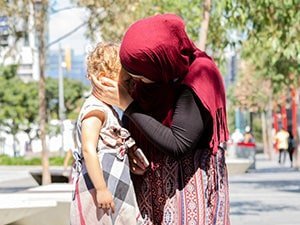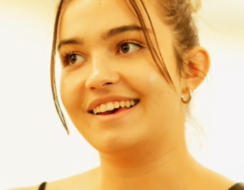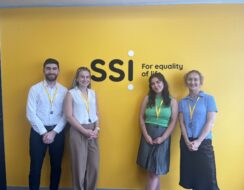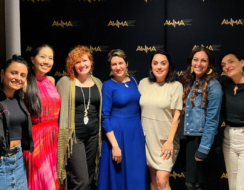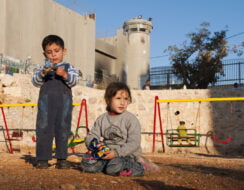30 Aug 2016
NewsInaugural Arts and Refugees Forum at Casula Powerhouse brings practitioners from around Australia
The forum provided a platform for networking and critical reflection as well as an opportunity for participants to be inspired and grow their practice.
To start the forum on August 19, renowned Chinese-Australian artist Guo Jian, whose work features in the Refugees exhibition corresponding with the forum at the Powerhouse, shared the thought-provoking experience that led him to Australia.
Jian told of how he joined China’s army with the romantic notion “to see the world, and also to follow a girl”. He had always wanted to be an artist, he said and was told by officials he could continue that pursuit in the army.
But on his first day in training, “I realise (sic) my dream to be an artist was totally gone. I was a soldier now”, Jian said.
Jian explained how he angered Chinese officials with his art and, in 1992, was forced to flee to Australia, where he has since continued in safety and became renowned for his work.
Jian’s story provided a neat analogy for the hope that refugee protection can give when it allows a person to continue to follow their dream.
SSI CEO Violet Roumeliotis explained why SSI had a dedicated Arts & Culture Program for refugees and people seeking asylum.
“It connects artists, or people who are interested in art, to learn new skills, hone their existing ones, and to build strong connections with others who have faced similar challenges,” Ms. Roumeliotis said. “It’s also linked to a range of benefits, such as health and social benefits, and improvements to psychological wellbeing.
“Refugees and people seeking asylum are the subject of a growing national discussion in Australia; we speculate about them and we make policies that affect them, but rarely do we get to hear from the people who are at the heart of this highly politicised discussion.
“Art acts as a vehicle for the people behind the ‘refugee’ and ‘asylum seeker’ label to tell their stories in their own voices.”
Throughout the day, the forum heard from people working across all disciplines of the arts. Artists from refugee backgrounds spoke about their experiences working in Australia.
Others spoke of their experiences working with, and for, people from refugee backgrounds. Discussions were dynamic with insightful audience participation.
The first day culminated with a Yarning Circle in the open air, around a fire. Yarning Circle celebrates the connection of First Nations people to the land. Participants were invited to join the circle and share a story.
The forum started equally powerfully on day two, Saturday, with the performance of the Treehouse Theatre’s drama therapy group. The program works with recently arrived children from refugee backgrounds to help them overcome the traumatic experiences they have left behind.
“My Syria was a free and beautiful country, where Muslims, Christians and everyone lived together in peace,” said 14-year-old Isha Yukhana in a solo performance. “Then, the war arrived and everything changed.”
In the Q&A that followed the play, Isha, who studies Year 9 at Miller Technology High School, also explained how performing with the Treehouse program in front of his classmates marked the end of the bullying he had been suffering since he arrived at the school.
The panel discussion “Making art on equal terms” followed. The debate brought together the perspectives of young artists, established arts organisations and community groups on the challenges affecting artists from refugee backgrounds.
Panellists agreed that more should be done to support refugee artists and to share their work with the mainstream. Jiva Parthipan from the NSW Service for the Treatment and Rehabilitation of Torture and Trauma Survivors (STARTTS), railed against the labelling of people as refugee artists.
“They are artists regardless of their humanitarian status and that distinction between refugee artists, migrant artists, and the like can be even negative for them long-term, as it might divert them from the mainstream channels,” Mr Parthipan said.
The Forum wrapped up with the words of Saba Vasefi — feminist filmmaker, poet and Asylum Seekers Centre Ambassador — who brought to light the double marginalisation suffered by refugee women.
According to Ms. Vasefi, women are depicted exclusively as a vulnerable group by the media and are underrepresented in the main spaces for decision-making of advocacy groups and international organisations.
“I came to Australia as a refugee by myself and I didn’t feel vulnerable or need anyone to save me,” Ms Vasefi said. “What I needed was a platform to speak and participate; this is what refugee women are still lacking nowadays.”
The Arts and Refugee Forum 2016 was organised by SSI’s Arts & Culture Program in partnership with Casula Powerhouse Arts Centre and with the support of CuriousWorks.

